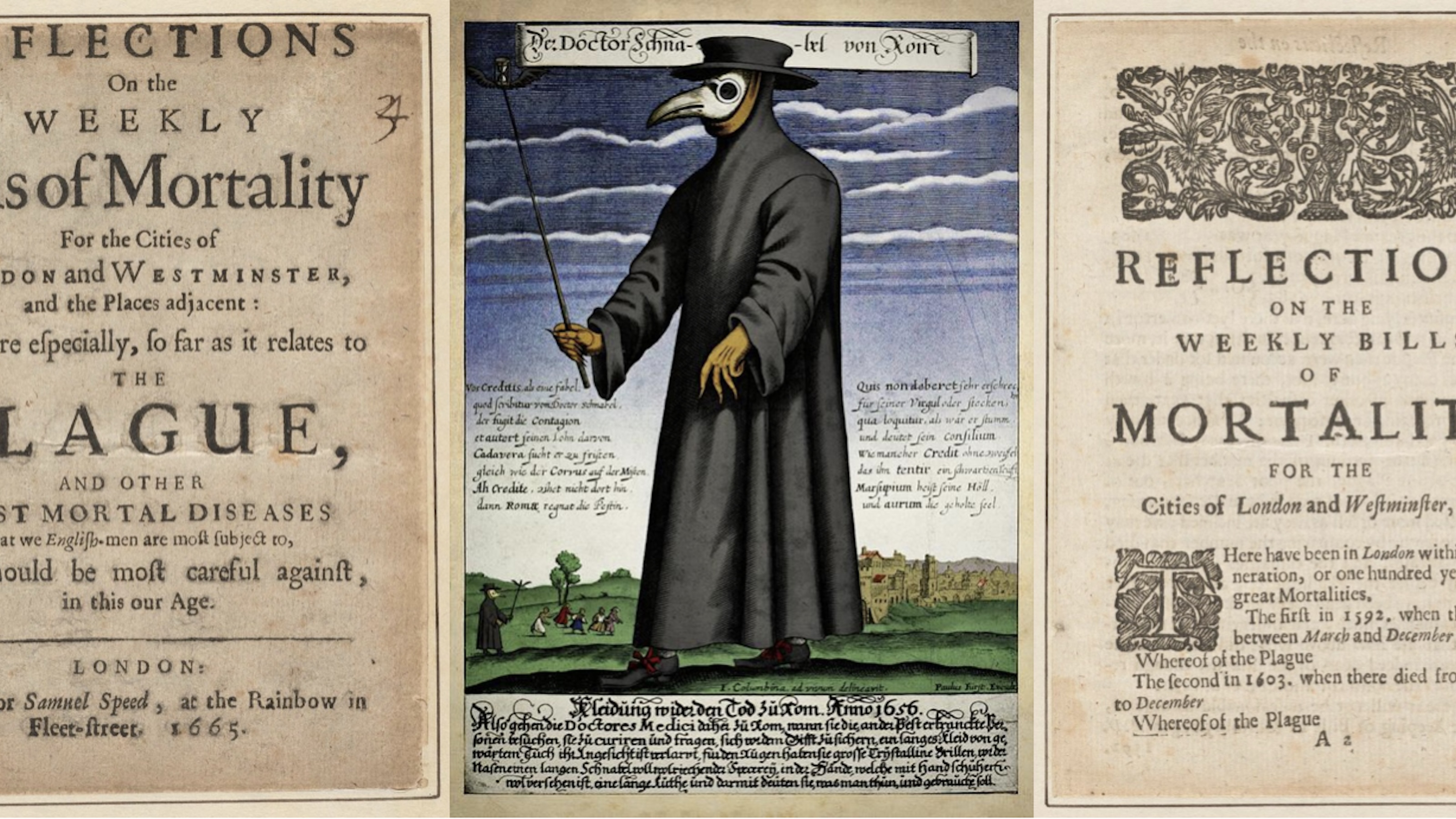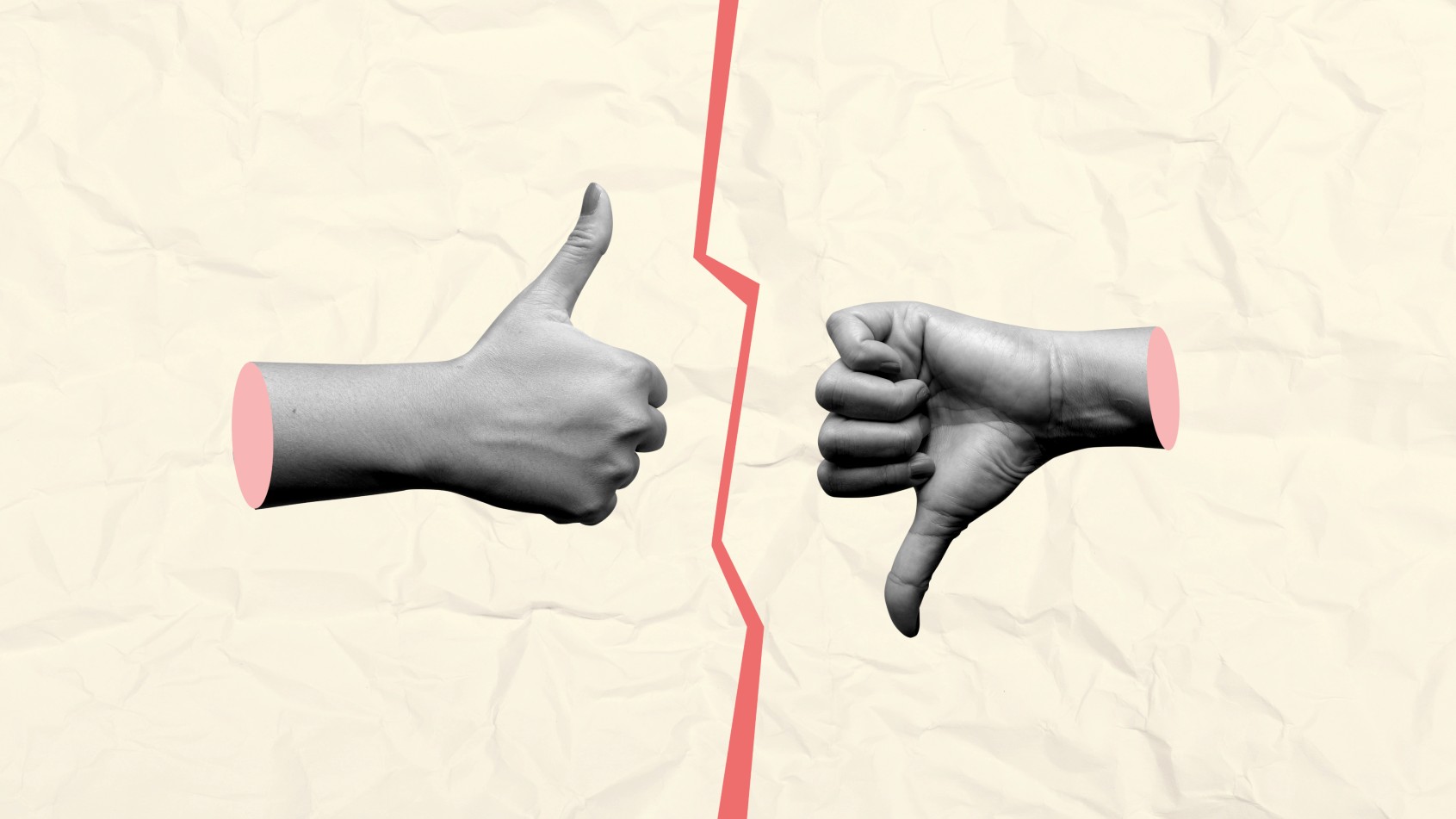Putting people to work in green-collar infrastructural jobs can buoy the economy and provide relief to homeowners, says Van Jones.
Question: What is your prescription for the next president?
Jones: First thing you’ve got to keep in mind is when the new president comes in, the new president are going to walk in with a stack of papers this high, called Executive Orders and sit down literally, right after inauguration and just started signing them and change the economy overnight. Why? Because the president doesn’t have to ask permission for a whole lot of stuff. The president can just declare the Pentagon will XYZPDQ and we’re off for the races. So, if you know, if he wants to put it, if he wants to order solar panels up on the Pentagon, if he wants to order, you know, that extra percent of all the cars will have to be super fuel efficient, you know, that the federal government buy, he has a lot of discretion, a lot of power and can use all that for good. So, there’s… That’s something called the Presidential Commission On Climate, PCAP, Presidential Climate Action Project that is focused on the things the president can do on the first hundred days and make a difference. But, fundamentally, there are two big things the president needs to focus on. One is getting a price on carbon, whether it’s a carbon tax or it’s cap and trade, we’ve got to get the price signals going so the whole world knows that we’re moving off of carbon, and the other thing is this clean energy smart grid. This big, you know, massive program to get clean energy produced and distributed everywhere in the country, so that people can plug in their cars. You know, we shouldn’t be burning anything. We should be able to plug our cars in to a clean energy grid. The next president is to have that as a [keyed] thing going forward. There’s the only thing about that. There are some creative solutions as well. One of my favorite things is in the book is what I call “hooptie for hybrids.” If you’re a young person, you know the word hooptie is a slang term for old gas guzzling car or clunker car, so you know, cash for clunkers or hoopties for hybrids. What would that mean? That would mean, you have all these people, mostly low-income people, they’ve got the, they’re stuck with these cars that use up a tremendous amount of gas give them the right to drive down the city hall anywhere in the country, turn in the keys, we’d junk that car, we take that car off the road and we give them a federally guaranteed loan, not money but a federal guarantee for a loan they go get, like, a student loan and let them purchase a fuel efficient car. And so, why will the government do that? Well, number one, you’re retiring a whole fleet of gas guzzlers which should alleviate some of the greenhouse gas emissions. Number 2, you’re helping people who maybe stranded in suburbs and, you know, downscale suburbs and they deliberately cannot drive in to work or came driving for a job interview, you’re helping them. But number 3, you’re doing something a lot smarter than that. You’re cutting the demand for gas because those gas guzzling cars are so thirsty for gas that they push up the demand for gas which pushes up the price for everybody. If you get those cars off the road, you drop the price of gas for everybody because you, [in average], you’ve reduced the demand for gas. So, those kinds of solutions which help poor people, which help the economy, which help the earth, or the kinds of solutions that an innovative president could get done and we have a whole section of those kinds of policies in the book.
Question: What can cities do to go green?
Jones: The low hanging fruit for mayors in the United States is massive weatherization and energy retrofit for their buildings. If you think about, you know, how can you get the biggest bank for your [buck] short term to reduce carbon, weatherized you know, every major building in your city, you know, make them 30% more efficient. So, they’ll use 30% less power. Well, if you’re using a coal fire power plant, that’s 30% less emissions right there and you also create a bunch of jobs. This is not just a good thing to do for future generations. It’s a good thing to do right now. We are about to go into a very harsh winter, and in that harsh winter, energy prices are going to be sky high. If you thought people were screaming and complaining about gas prices in the summer, wait until you see what happens to people especially in the North East with fuel prices in the winter. You can leave your car parked. You can’t leave your house parked. You’re going to have people having to choose between warm meals and warm homes. And the idea of this next hurricane, we can see it coming. The next hurricane is already coming. It’s this home heating crisis. We’re doing nothing about it and yet the idea that we could actually take our idled construction workers who right now have no work, our carpenters right now have no work and put them to work weatherizing and [solarizing] and retrofitting the homes of low-income people, people across the country, vulnerable people. It should be appealing to a mayor. How do you pay for it? Well, it pays for itself in energy savings. You need some creative financing, you need to be able to work with your local utility, but you should be able to get the job done of at least weatherizing the most vulnerable homes, so that we can bring the energy bills down and keep them warm through the winter and that should be the first thing. It should be the last thing that the president does, George Bush, and the first thing the new president does is focus on a massive program for weatherization and retrofits buildings across the country to bring down energy bills, to bring down carbon emissions, to bring up jobs, to bring up home values and to put people back to work.






